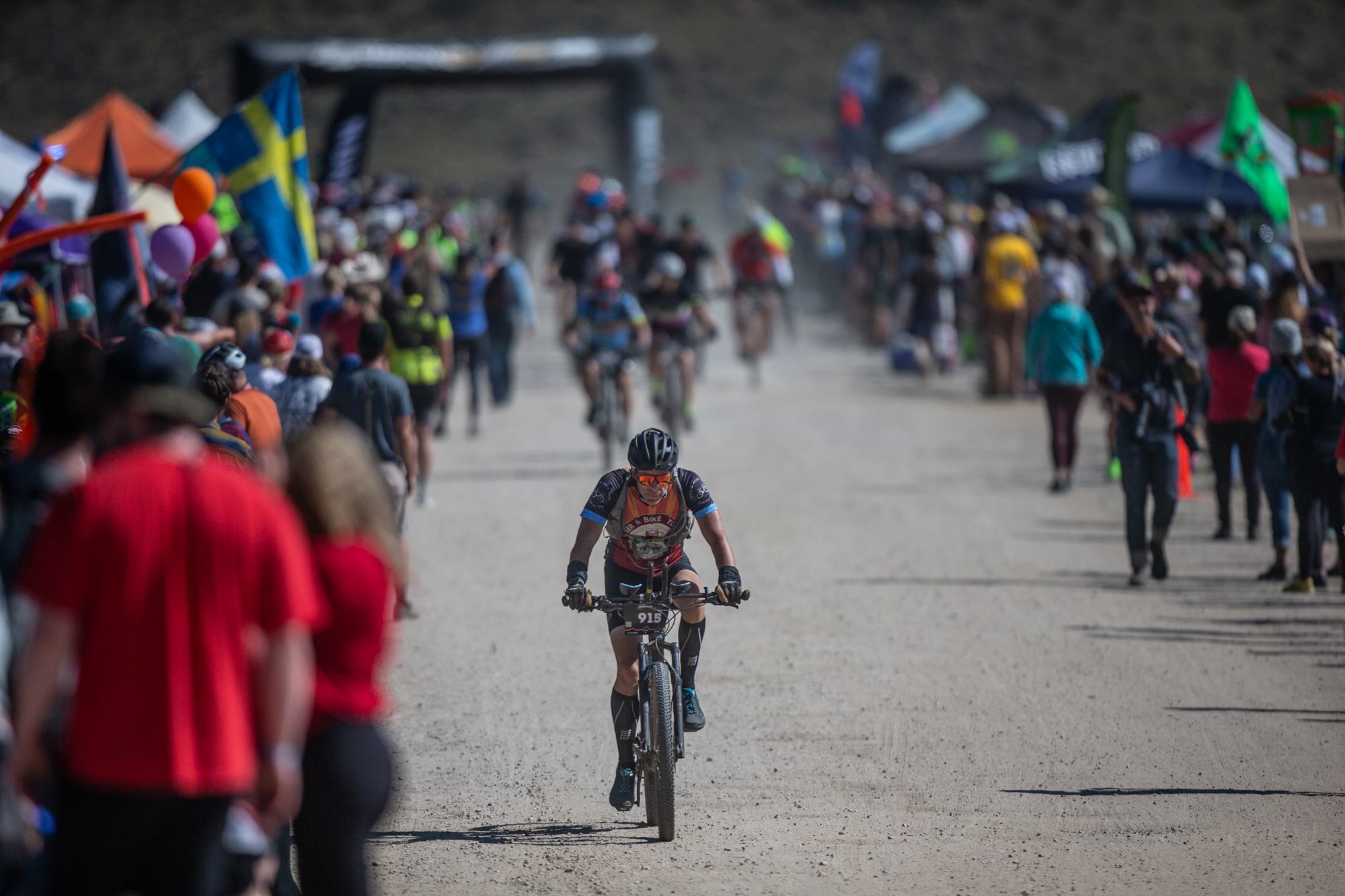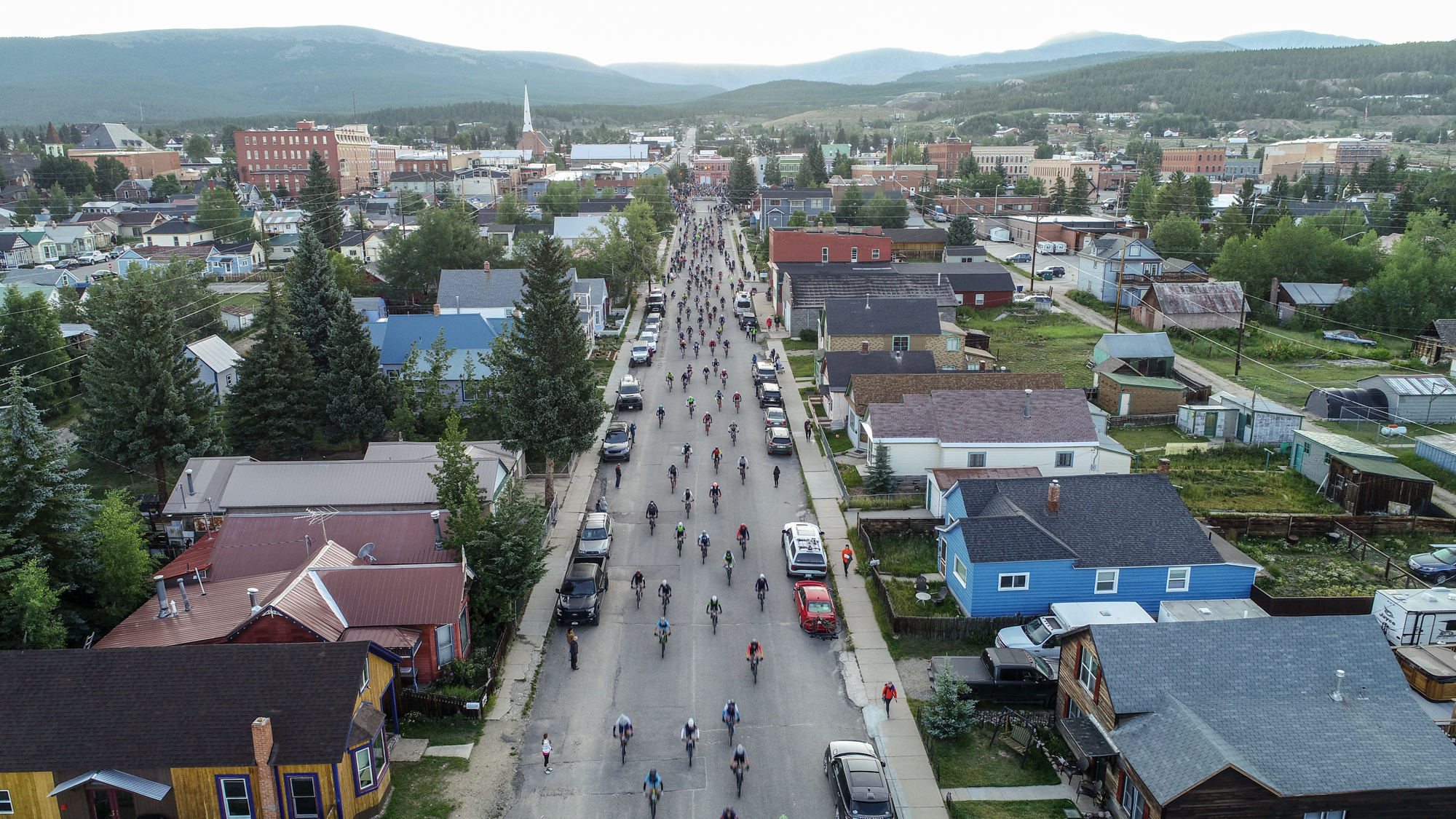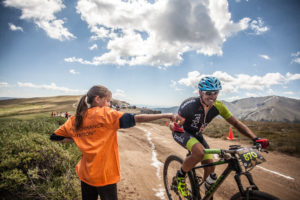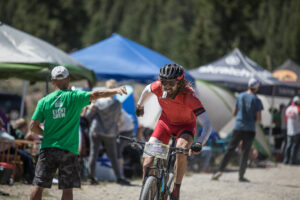With great beauty comes great responsibility. Given Leadville’s uniquely stunning panoramas and high-mountain trails, we…
The Ultimate Packing List for the Stages Cycling Leadville Trail 100 MTB
The Ultimate Packing List for the Stages Cycling Leadville Trail 100 MTB
2022
Pack Smart – Race Smart
Preparation for the LT100 MTB begins several months before you toe the line on race day. LT100 veterans will tell you that aside from the training that prepares your body to take on this challenge, you must organize and prepare your gear, crew, nutrition, and equipment in order to have a successful race. Over the years, we’ve learned the ins and out of this process from our athletes, team members and Leadville community. In order to get you ready for that start line, we’ve updated our Ultimate Stages Cycling Leadville Trail 100 Packing List for 2022 with historical input and updated additions.
For the Start Line
“Have a friend at the start line so you can bundle up and then take off extra layers before the race starts. You will warm up pretty quickly; the first climb starts about 20 minutes into the race.” – Juan Hernandez
“On my packing list are a plastic shower cap, a pair of surgical gloves and two Ziploc bags. These weightless pieces of plastic are lifesavers if you unexpectedly get caught in a storm or freezing cold weather. Shower cap on your head, gloves on your hands and baggies inside your shoes work as vapor barrier liners to keep your body heat in. You will look ridiculous, but you’ll be warm and you’ll survive until the weather passes.” – Rebecca Rusch
The Start Line List:
- Jersey, shorts, sports bra, base layer, socks, shoes
- GPS device with the route loaded
- Gloves, helmet, sunglasses
- Vest/jacket
- Arm warmers
- Race number
- Sunscreen and chamois cream (applied)
- Cycling computer
- Pace/split times
- Three bottles (two on the bike; one in the center back pocket) or hydration pack
- Enough gels and bars to get to Twin Lakes
- Electrolyte capsules
- Lucky socks/cycling cap/bracelet
- Essential medication (including an inhaler, if necessary)
- Disposable contact lenses
- ID and emergency contact info
- Multi-tool (test it to make sure it can reach all the awkwardly placed bolts on your bike)
- Tire tools: Two tubes, tire levers, patch kit, 2 x CO2 head and cartridge, small pump, boot (or dollar bill)
- Master chain link
- Tiny bottle of chain lube
For Your Crew
“Make sure your crew stands out! With all those people at the aid stations, you’re going to want to find your crew quickly so use a flag (or an oversized blowup pineapple) that you can easily track down! ” – Kate McLaughlin
“Give your crew a second hydration pack that’s identical to first one with the same bike tools, food, etc., inside so you can just do a quick swap and keep moving. It’s easier for the crew and easier for you.” -Rebecca Rusch

The Crew List:
- Vehicle hangtag
- Parking instructions
- Maps and driving directions
- Crew notes for each aid station
- All crew materials in race packet, as well as info in the Athlete Guide
- Team cell numbers and emergency contacts
- Pace/split times
- Alarm clock or other backup alarm system
- Ice and coolers
- Food and drinks for the crew
- Second hydration pack (filled) to swap with racer
- MTB small parts, including tires and tubes. Also recommended: chain, cables, rear derailleur
- Really warm/dry clothes for the crew (think down, fleece and Gore-Tex)
- Sunscreen
- Insect repellant
- Utility knife/scissors
- Money/wallet
- Folding chairs
- Sleeping bag and/or blanket
- Tarp
- First aid kit
- Toilet paper/baby wipes
- Disinfecting wipes
- Camera
For Your Drop Bags
Create a basic kit for every drop bag, and then add additional items like warm clothes to cover known course conditions and worst-case scenarios.
Pack your necessities in thick clear plastic bags (XL Ziploc bags are one option) and use white tape and a black Sharpie to label each with your name, race number, aid station, and “RETURN” for the outbound aid stations. (In anticipation of your future brain fog, and to help the volunteers and your crew, write in BIG letters.) Remember to pack liquids in leak-proof, non-breakable containers.
The Basic Drop Bag List:
“I’m a bad asthmatic, so at Leadville I have a spare inhaler in every drop bag. If you are medication-dependent, make sure you have duplicates of all the meds you need.” – Molly Breslin
- Backup food
- Special treat
- Electrolyte capsules
- Sunscreen (that works on wet skin)
- Essential medication (including an inhaler, if necessary) and treatments for known recurring injuries
- Bags for wet stuff
Aid Station Drop Bag Additions:
Carter Summit on Turquoise Lake (11 miles)
“What I was unprepared for (although I thought I was) was the altitude. I vividly recall thinking I was in good shape and got my bike near the front. Immediately out of the gate, I felt like I was in a tunnel with roaches crawling on the walls. Nope – that was all the people passing me. It felt like I was standing still.” – Michael Melley
- No drop bag
Pipeline Outbound (26 miles)
“Pipeline on the way out is where I would plan to grab a musette bag from your crew instead of stopping to refuel from the aid station and your drop bag. Try to stick with your pack of riders and not stop because you’re getting so many free miles from working with them.” – Bryan Derstine
- Musette bag with tubes, gels and solid food
- Basic drop bag contents
Twin Lakes Dam Outbound (40 miles)
“To me, the most important aid station is Twin Lakes. After Twin Lakes, it’s all you climbing by yourself. So spend a couple minutes to actually stop, dump stuff you don’t need, drink a Coke and eat a cookie while the volunteers refill your bottles. It lets you calm down and refocus.” – Bryan Derstine
- Special treat to get you to the top of Columbine
- Basic drop bag contents
Columbine Mine (50 miles)
“I always pack my rain jacket. Even if the forecast says no rain. Inevitably if I don’t pack it, it rains.” – Amy Beisel
- Warm clothes: long-fingered gloves, jacket, tights, cycling beanie, shoe covers
- Basic drop bag contents
Twin Lakes Dam Return (60 miles)
“Pack a variety of race food: flavor fatigue is real and what you like in training, you might not like when you’re in oxygen debt at 10,000 feet. Bring some different things so you have choices and can eat what sounds good in the moment.” – Rebecca Rusch
- Basic drop bag contents
Pipeline Return (74 miles)
“My final musette bag always has a Starbucks Double Shot. I drink it on Hagerman Pass Road as a special treat.” – Dave Wiens
- Basic drop bag contents
Carter Summit on Turquoise Lake Return (89 miles)
- No drop bag
Final Tip: Mind over Matter, and Attitude Over Altitude
We’ll give the last word to Kate Ginsbach, who has spent most of her adult life training for Leadville. Since 2012, she’s experienced more than her share of bad luck and misadventure, including a concussion on her final pre-ride, a broken frame three days before the race, and a disaster involving an arm warmer and rear derailleur during the race.
“I think the race is tough because there is so much hype around it and we spend months training for it. Of course, then you want the day to go perfectly, but it won’t, not even close. There will be so many little things that go wrong. At the same time, a lot of little things will go right and just noticing that and maintaining a sense of humor will go a long way.”
Michael Melley is the VP of Operations for Life Time and a Leadville survivor. The one thing that would get him to race Leadville again is chasing the big buckle. “It’s obnoxious, and awesome — and made in Colorado.”
The first item on Rebecca Rusch’s packing list for Leadville is “oxygen or an extra lung.” When she’s not busy winning Leadville (or seven world championships), Rebecca has raised more than $100,000 for cycling-related charities, written a best-selling memoir, and excels at whatever sport she touches.
IMBA Executive Director and Mountain Bike Hall of Fame member Dave Wiens has been involved in trail advocacy since the beginning of his career. He was the founder and executive director of Gunnison Trails, race director for the Gunnison Growler, and created and leads the Mountain Sports program at Western State Colorado University. He’s also known for winning Leadville six times in a row and setting a course record of 6:45:45.



